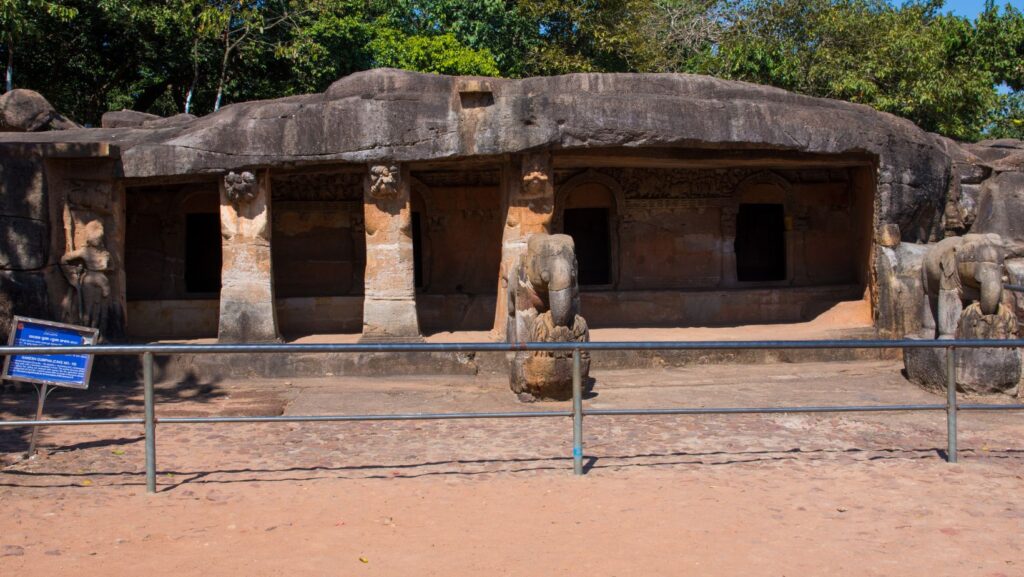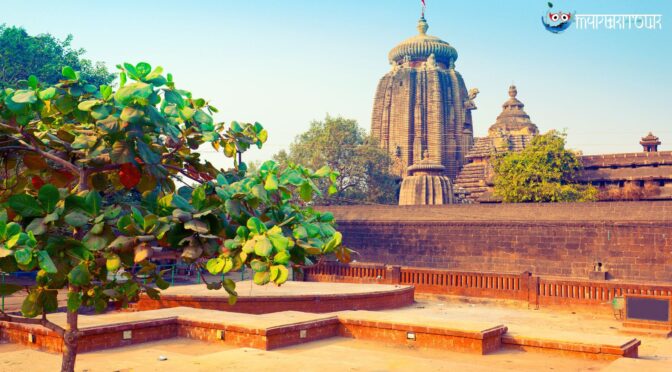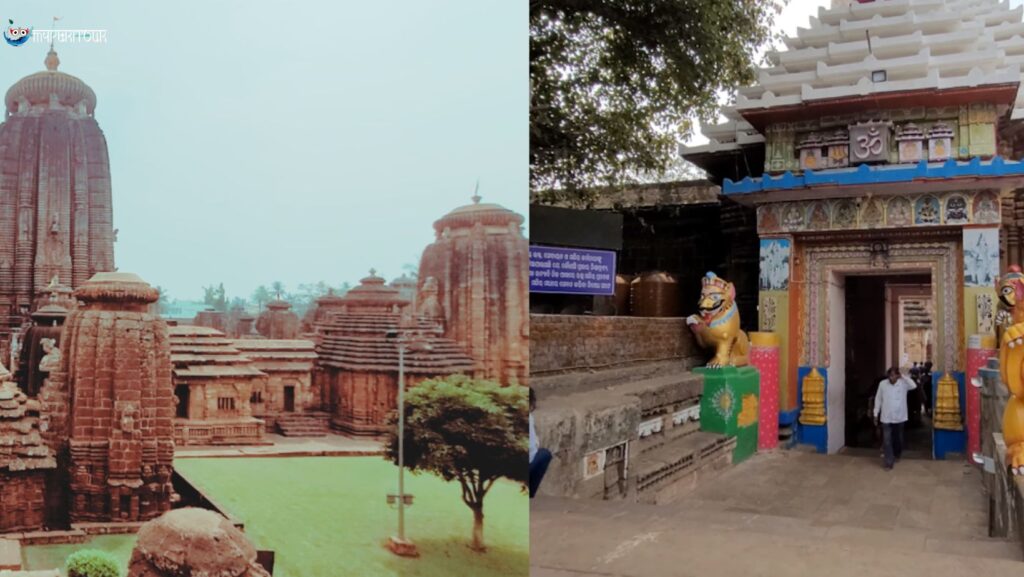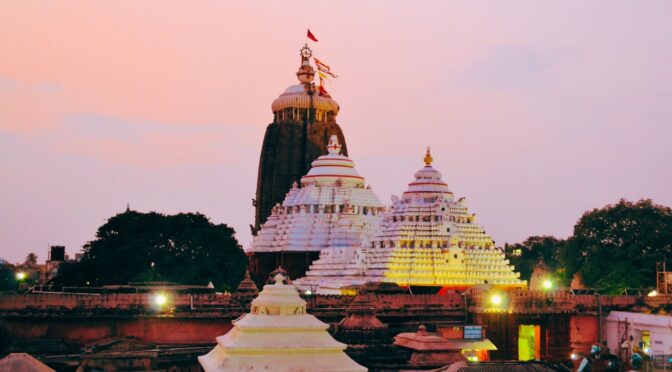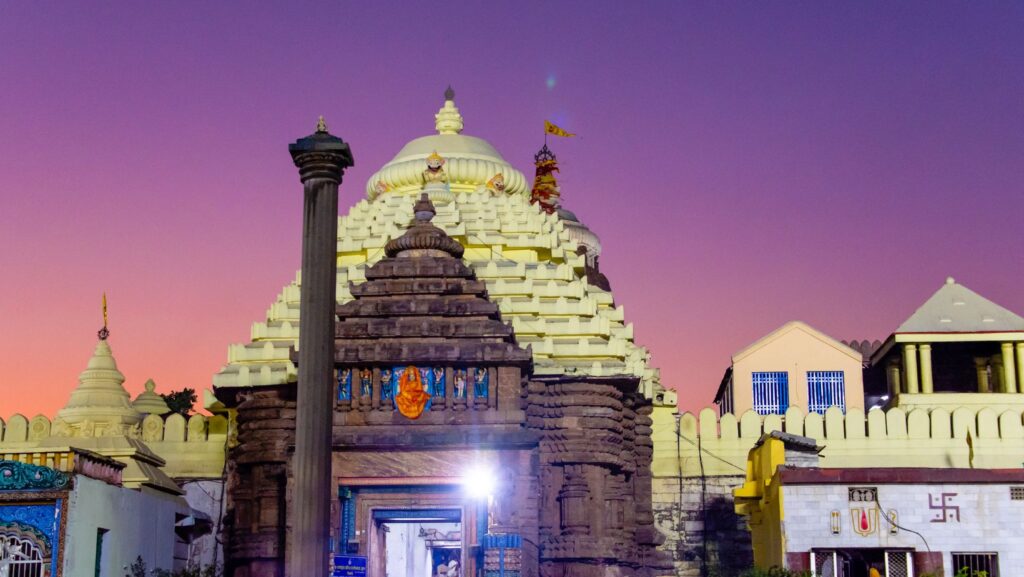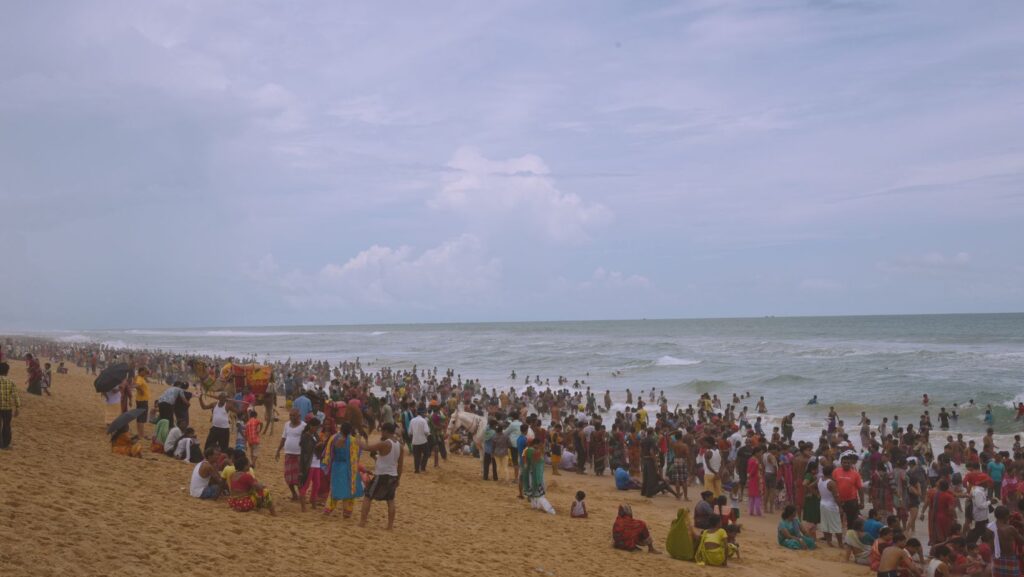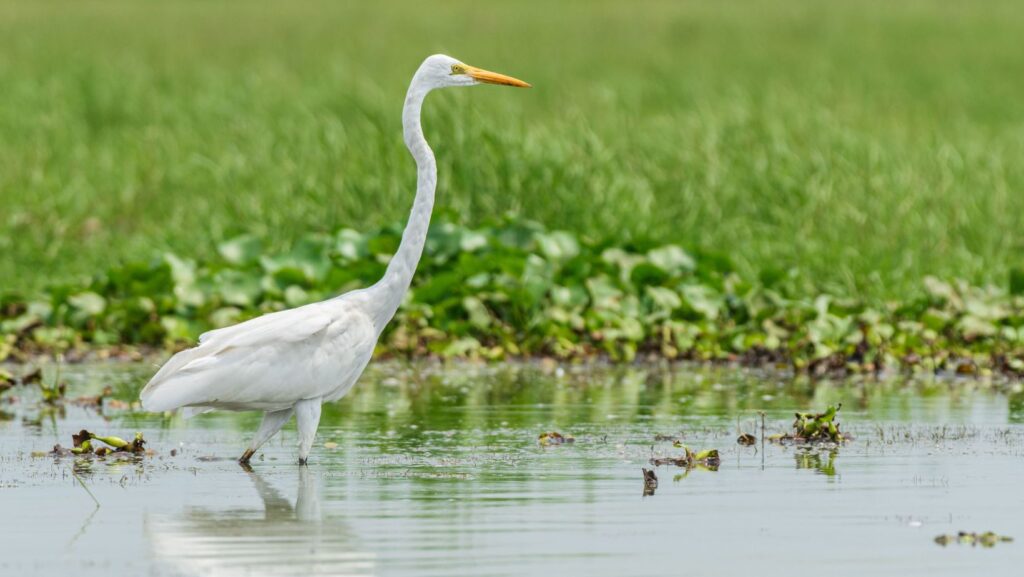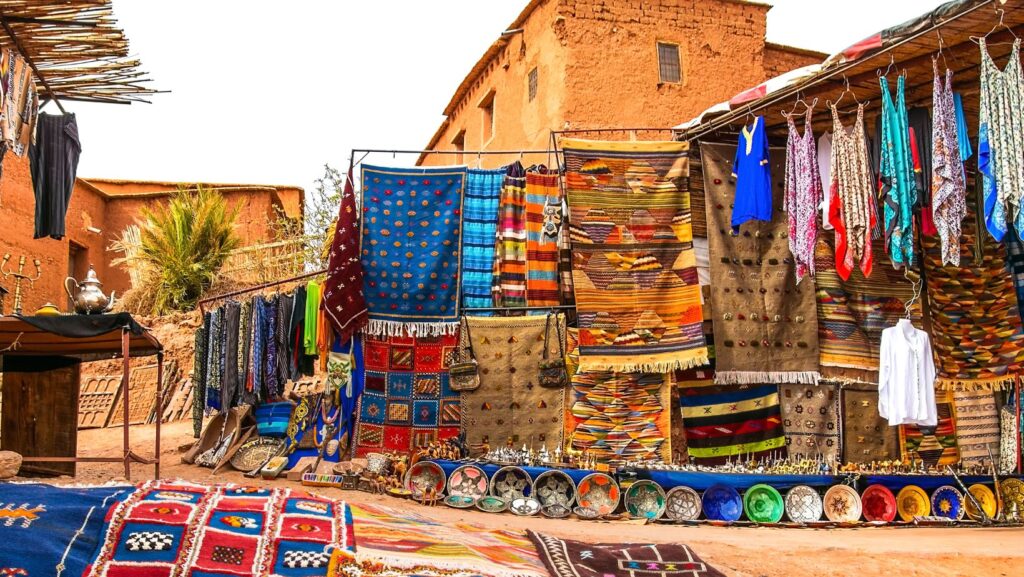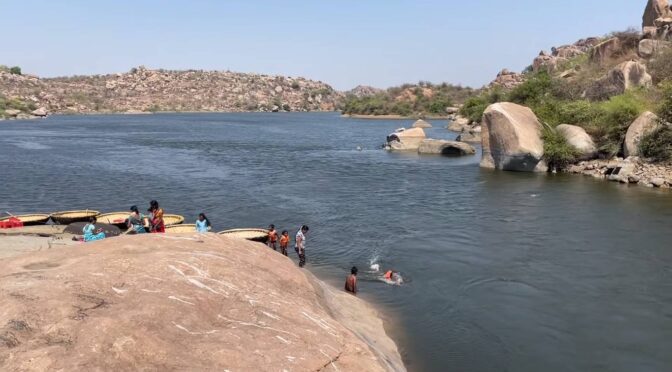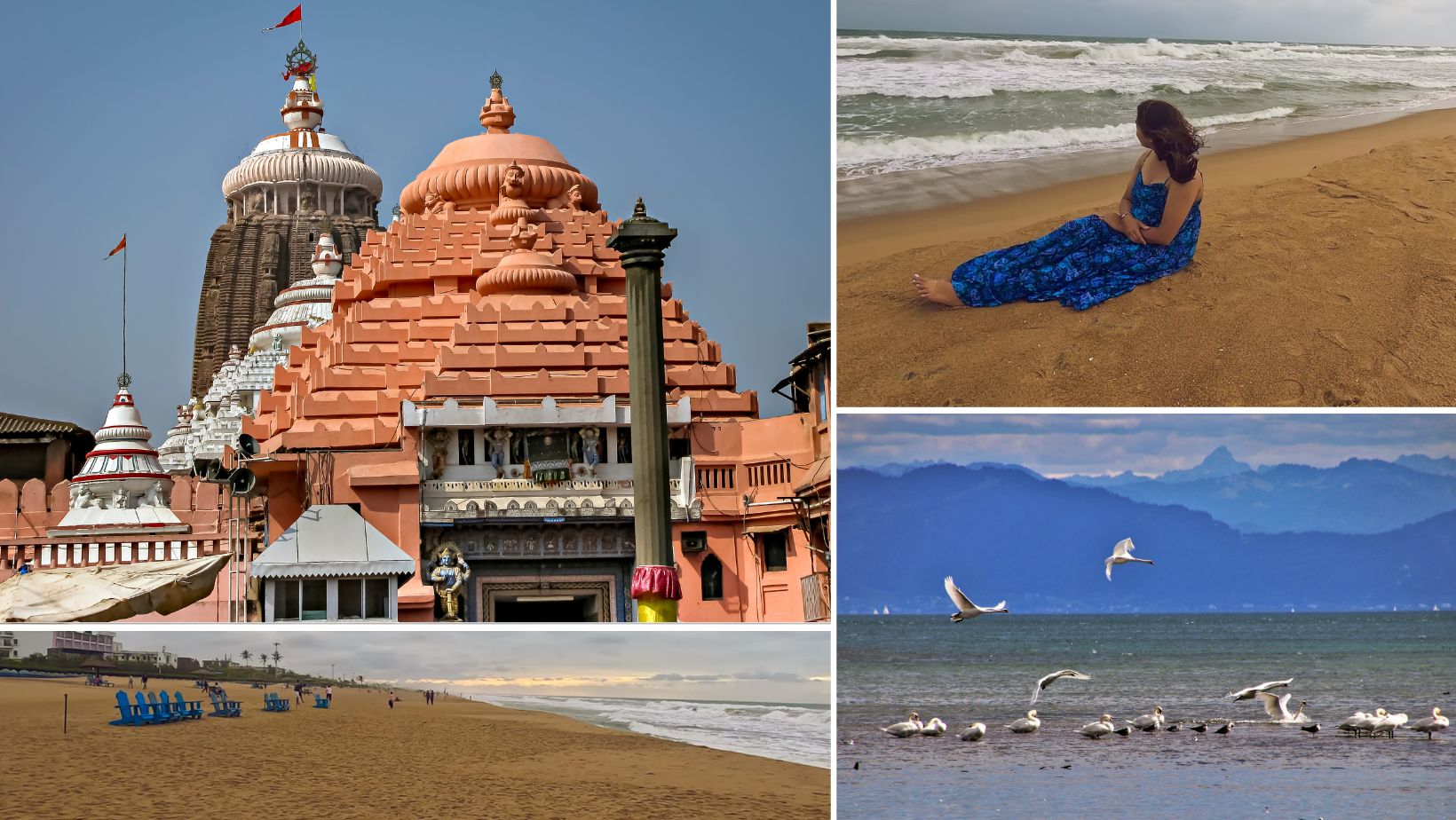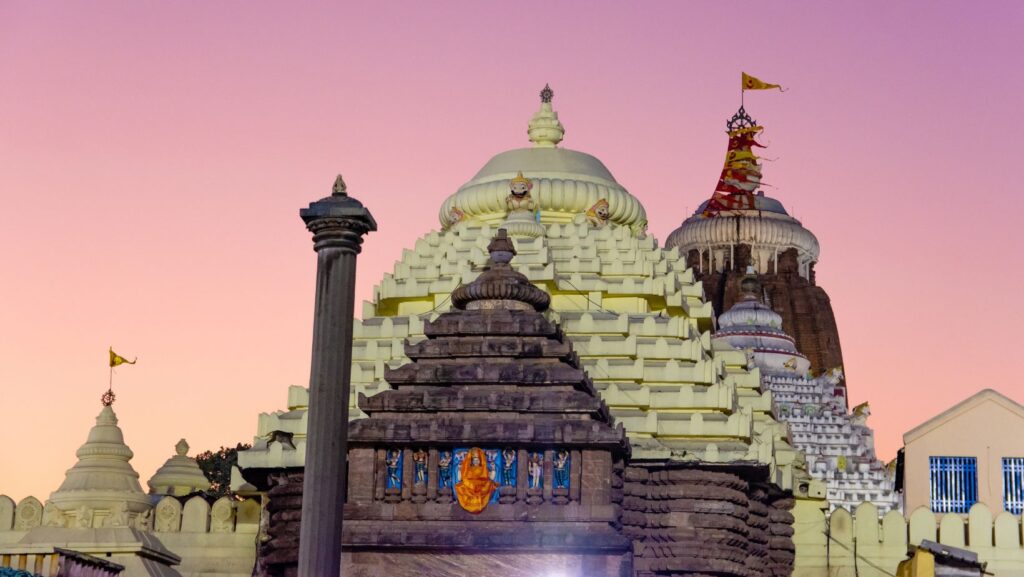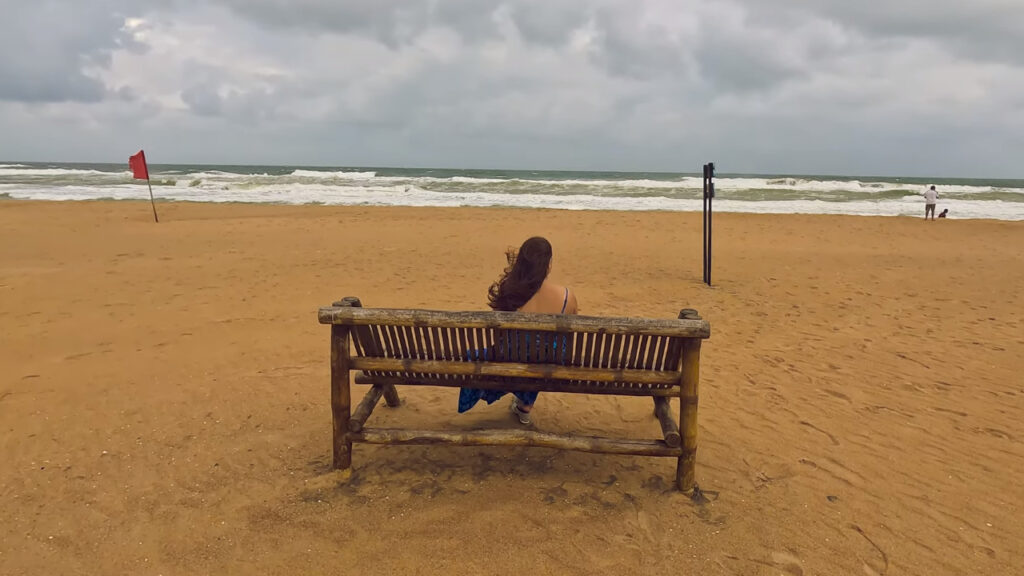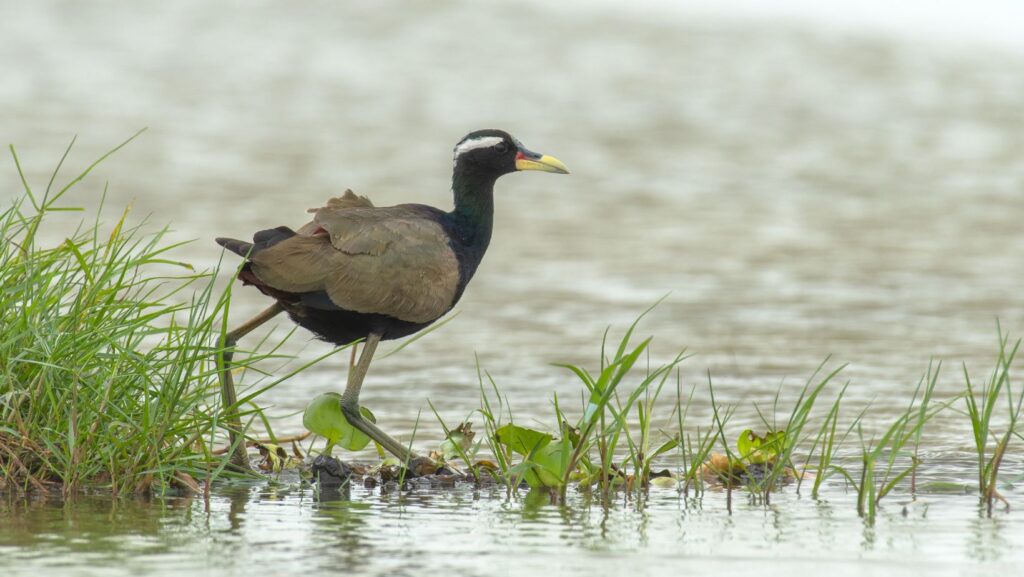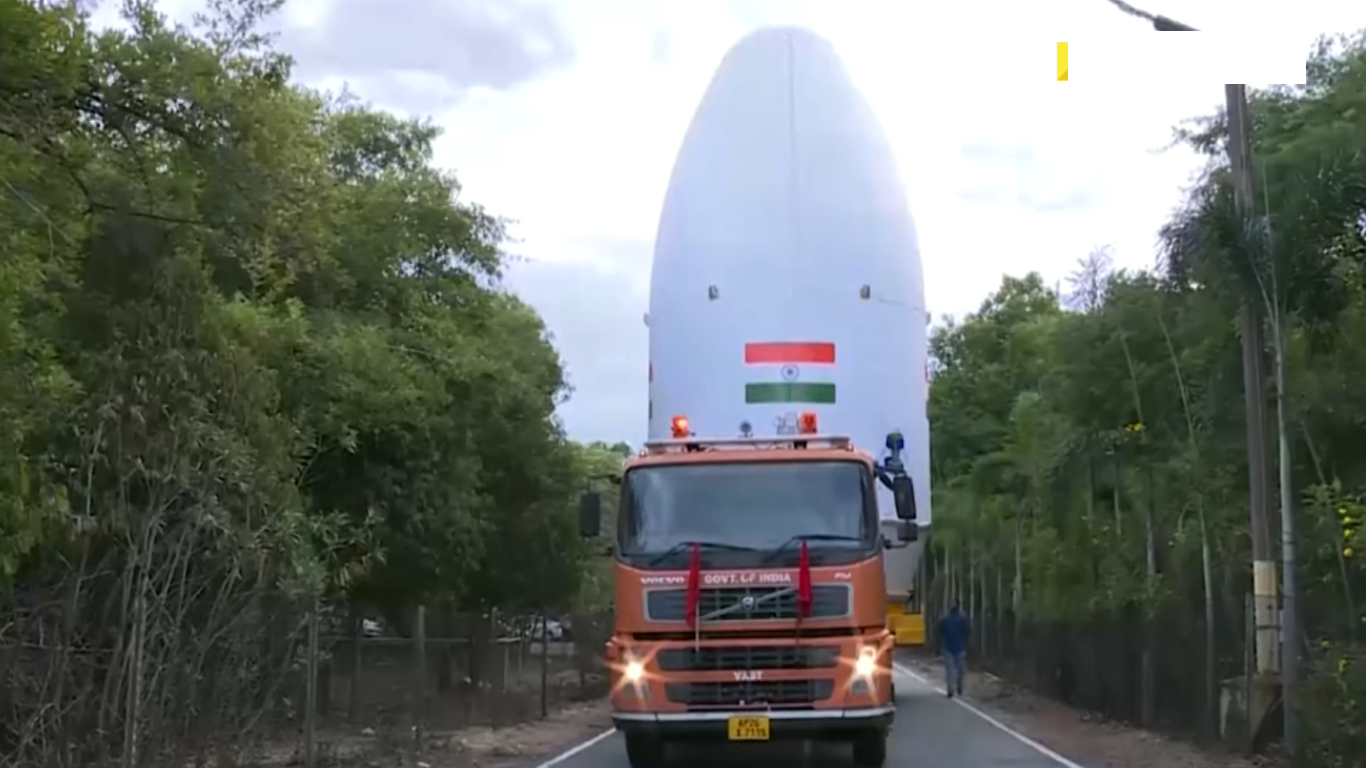Attending conferences is a fundamental aspect of academic growth and dissemination of research. However, it’s crucial for scholars to contribute and participate in conferences that hold significant value in the academic community. Scopus Indexed Conferences are among the most recognized platforms for scholarly exchanges. Thorough guide to understanding Scopus Indexed Conferences and where to find a list of these prestigious events.
What is Scopus?
Scopus is one of the largest, most reputable abstract and citation databases for academic literature. Managed by ISCOPE Publications, it provides a comprehensive overview of the world’s research output in the fields of science, technology, medicine, social sciences, arts, and humanities. Scopus indexes content from journals, books, and conference proceedings, ensuring broad coverage of scientific advancements.
Importance of Scopus Indexed Conferences
The indexing of a conference by Scopus denotes a quality stamp. Conferences that are Scopus Indexed usually uphold high standards in terms of the quality and originality of presented research. Being a part of such events can lead to several benefits:
- Enhanced Visibility: Research presented at Scopus Indexed Conferences gains greater exposure within the academic community.
- Credibility: Contributing to these conferences adds to the credibility of the researcher’s profile.
- Networking Opportunities: These platforms bring together leading researchers from around the globe, offering valuable networking that can lead to collaborations.
How to Identify Scopus Indexed Conference Proceedings
Identifying whether a conference is indexed by Scopus is pivotal. Here are some tips to do so:
- Check the Official Scopus List: Visit the Scopus list of indexed conference proceedings to ensure the conference is recognized.
- Inquire with Organizers: Contact the conference organizers directly and ask for evidence of Scopus indexing.
- Search the Conference Title in Scopus: Use the search function on Scopus to find the conference and its proceedings.
Finding the List of Scopus Indexed Conferences
For a comprehensive and updated list of Scopus Indexed Conferences, visiting iSCOPE Publication can be informative. The website aims to provide extensive lists and updates on a variety of Scopus Indexed Conferences around the world.
Steps to Access the Information on iSCOPE Publication:
- Navigate to the Website: Go to the iSCOPE Publication’s official website.
- Conference Listings: Click on the ‘Conference Listings’ or a similar section.
- Filter Options: Utilize any available filters to narrow down the list by field of study, location, or date.
- Selection and Verification: Once a conference of interest is found, verify its Scopus status by checking the official Scopus database.
Participation in a Scopus Indexed Conference can be a significant accolade in a researcher’s academic trajectory. It ensures the research is presented in a forum where quality and excellence are paramount. Utilizing resources such as the iSCOPE Publication can facilitate the discovery of relevant Scopus Indexed Conferences that align with specific research interests and fields.
Researchers are encouraged to leverage these platforms for the enrichment of their academic and professional endeavors. Always remember to perform due diligence in confirming the indexing status of a conference to gain the most benefit from these learned assemblies.



